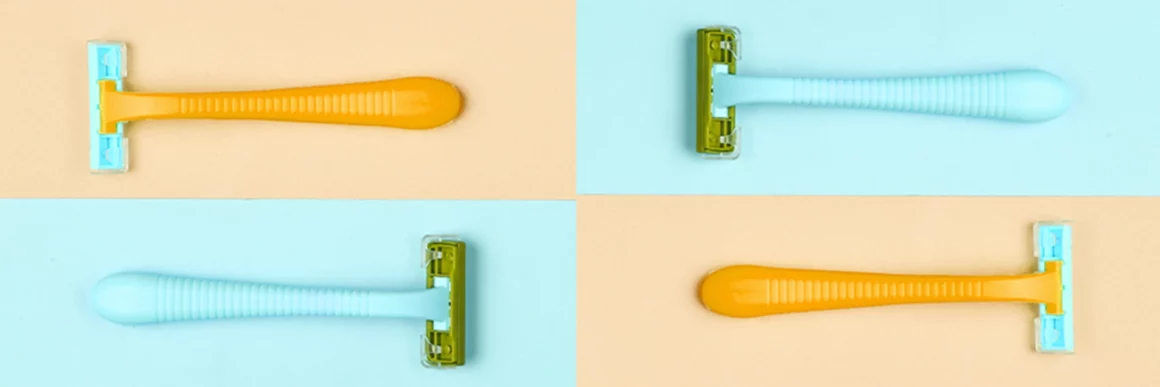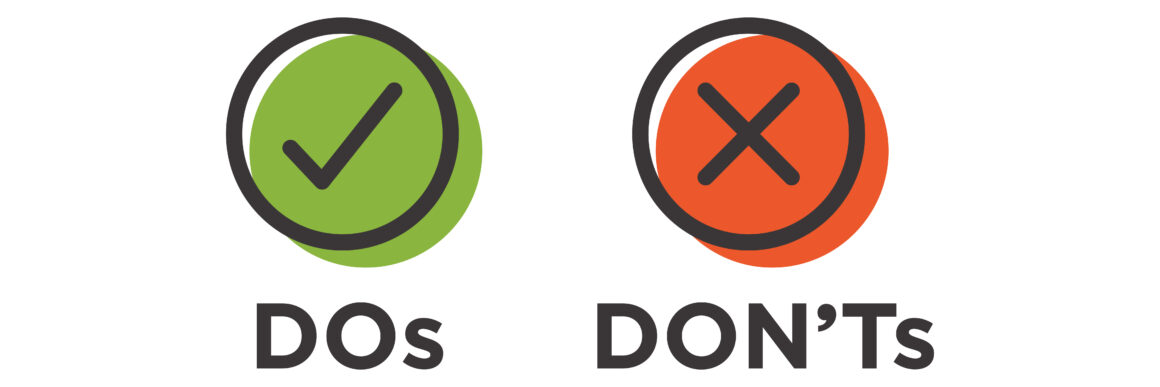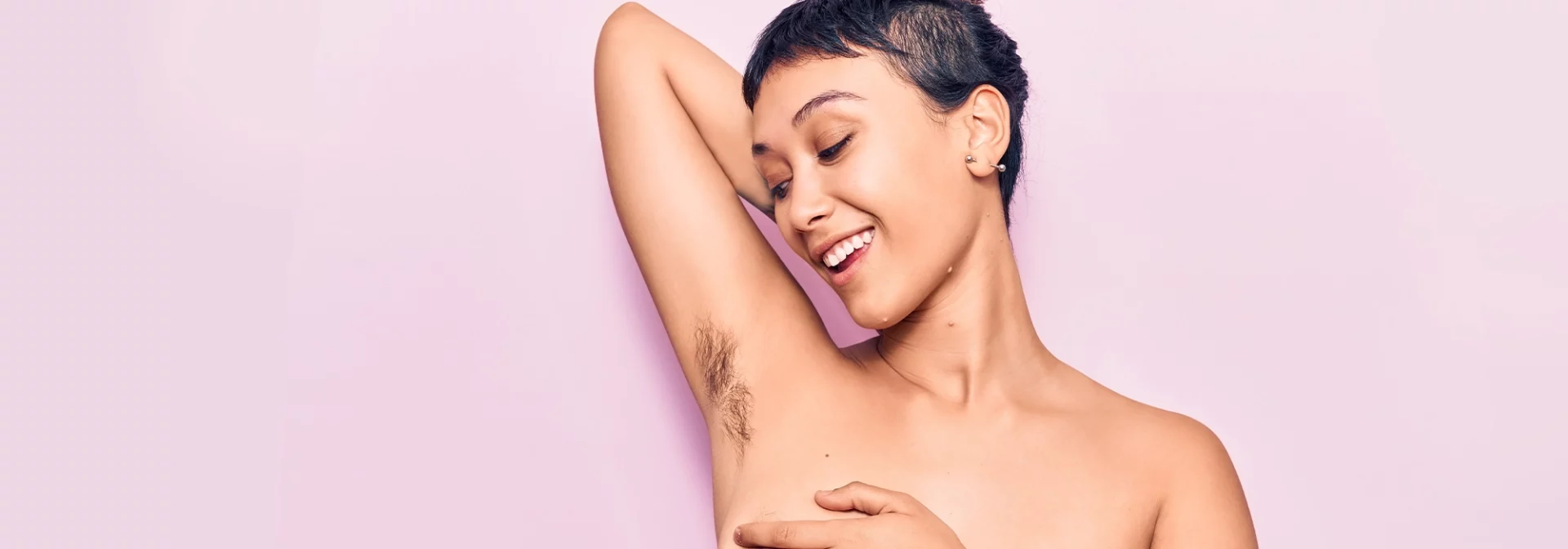Hair is important for your skin health. If your young person chooses to remove their body hair, we’re here to help you navigate hair removal.
Every person regardless of race and gender has body hair that covers most of their body that plays an important factor in maintaining skin health. Your young person may start to notice darker, coarser hair growth in new places on their body around the start of puberty (around ages 9-16).
And if they show interest in removing or shaving this hair, there is no wrong age to start. As long as your young person is ready to take that step, it’s perfectly reasonable for them to do so.
They may also have mixed feelings about their new hair growth and these feelings can change over time. Support them with positivity surrounding their choices, whatever they may be.

Hair Removal for Kids? Should They or Shouldn’t They
Having body hair or removing it can be a measure of one’s self-identity, culture, societal status. For others, it may be more about hygiene and fashion.
With an increased awareness around gender and self-expression, some have taken to having body hair as a sign of individuality, personal strength, and reform to break through societal norms and expectations. It is important to remember shaving is not a necessary part of body care but an individualized choice that should support your young person’s positive mental and physical growth.
Should they choose to shave or remove unwanted hair, today’s hair removal options seem endless. There are products that remove hair growth on the skin by shaving, over-the-counter and prescription hair removal creams, bleaching, and waxing. And there are also more permanent removal techniques such as laser hair removal and electrolysis. Whatever is their preferred choice of hair removal, remember that there is no one right way to remove hair. They should choose what is most comfortable for them.

Ready to elevate your parenting? Become a member of the BLOOM family today!
Gain access to workshops, coaching, and a network of supportive parents. Don’t navigate this journey alone –
Best Tools for Hair Removal
If your preteen or teen wants to explore removing hair, it’s important that you give them the proper tools to remove the hair. The most common hair removal tools are razors, trimmers and electric razors, but there are so many options on the hair removal market that can do the job just as well. Here are some of the most common hair removal tools. Encourage your young person to try a couple and see which one they like best:
- Razors: Tools that manually cut the hair close to the skin. These come in 1-, 2-, 3-, 4-, and 5-blade options for an even smoother shave. Blades will need to be disposed of and replaced as they become dull, or risk razor burn. Choose between a disposable razor or ones that come with replaceable blade cartridges. There are even eco-friendly, all-metal razor options that are more easily recyclable.
- Electric Razors: Much like their manual counterparts, electric razors cut the hair close to the skin, but are powered by batteries or electricity. Generally, electric razors are better at preventing nicks, cuts, ingrown hairs, and razor burn. Electric razors may not give you as close of a shave as a manual razor, and therefore are best used for cutting the hair on your head, or trimming your beard or mustache.
- Trimmers: These hair removal devices do exactly what their namesake suggests: trims the hair. As such, the hair won’t be cut close to the skin, but leave a little “stubble.” These are usually used to groom facial hair or the bikini line.
- Epilators: These devices remove hair at the root. The machine is powered by batteries or electricity and uses small tweezer-like devices to remove hair at the root. Some people may find epilators painful, so test out the device on a small spot on the body to check for any reactions.
- Hair Removal Creams: These use chemicals to break down the keratin in the hair, thinning it to the point that the hair can be wiped away. This hair removal technique is painless, but not the most natural, since chemicals are involved. In fact, EWG, a nonprofit dedicated to protecting human health and the environment, lists a lot of hair removal creams as moderately hazardous. Learn more about various hair removal methods, and their EWG scores.

Preparing for Their First Shave
If your young person has decided they want to shave, they will need:
- A new razor with at least two blades
- Shaving gel, cream, lotion, or a shave bar
- Exfoliating scrub
How to Shave: A Simple Shaving Routine
1. Prepare The Skin
Wash your skin with warm water to help soften the hair and open the pores. Then use a gentle exfoliating wash to remove extra dead skin. Prepare the skin by lathering a shaving gel, cream, lotion, or a shave bar on the skin. This will help prevent any irritation.
2. Shave
Shave in the same direction as your hair grows. Use light pressure and short strokes to prevent small cuts or razor burn. Don’t forget to rinse the razor after each pass to remove the shaving cream and any hair. After you are done shaving, rinse the skin with clean, cool water to help close your pores.
3. Shaving Aftercare
Use an unscented, alcohol-free lotion to moisturize and protect the skin.

Shaving Do’s and Don’ts
- Don’t share your razor.
- When your razor gets dull do replace it.
- Don’t dry shave or shave with soap.
- Do use separate razors for your body and face.
- Don’t shave before swimming or going to the beach.
- Do space out times between shaving to allow your skin to rest.
- Don’t use shaving products with harsh chemicals or artificial scents.

15 Frequently Asked Shaving Questions
1. Does shaving make hair grow back faster, thicker, and darker?
This is a myth! Shaving your hair, regardless of location, won’t cause hair to grow back faster or thicker. When hair first grows back, it can look coarser, since the hair hasn’t been exposed to outside elements that wear down on the hair, causing it to be finer and blunter.
2. How long will it take my hair to grow back?
When shaving, the hair will grow back right away since you didn’t remove the hair from the root, only the top part of the hair follicle. Hair grows at different rates for different people, so you may see regrowth (also called “stubble”) within a day or two. When you wax or epilate, the entire hair root is removed, so it can take 1-2 weeks before you see it regrow. Consistent waxing will eventually lead to less hair growing back over time.
3. How often should I replace my razor cartridges?
You should replace disposable razors or change your razor cartridges regularly to make sure they are not dull and to prevent infection. If you shave daily, change cartridges every 1-2 weeks. If you shave a few times a week, change them every 2-4 weeks.
4. Is it okay to shave daily?
Shaving frequency is personal preference Everyone’s hair grows at a different rate, and everyone’s comfort level with their hair varies, so decide what is comfortable for you.
Remember that each time you shave, you remove a layer of skin cells, so allow some time to pass between shaves to let your skin heal.
5. When is the best time to shave?
Nighttime is the best time to shave, since it allows your skin time to heal as you sleep.
6. What are some symptoms I can experience after shaving?
You might experience itching, razor burn, or razor bumps after shaving, especially as your hair grows back. If you follow a simple shaving routine, and prep your skin before and after shaving, you can help prevent itching, razor burn, and razor bumps.
7. What is razor burn?
Razor burn (folliculitis) occurs when the skin is irritated from shaving. You may experience burning, redness, itching, and stinging.
8. How do I get rid of razor burn?
Razor burn usually goes away on its own within a few days, but there are a few things you can do to help speed up healing. Start by using a simple shaving routine, and prep the skin before and after to help prevent cuts and razor burn. Before you shave, check to make sure the razor is not dull, and shave with a shaving cream in the direction of the hair growth.
If you still experience razor burn, you can use aloe vera gel or coconut oil to help combat the razor burn.
** Talk to your caregiver about seeing a doctor if the rash or discomfort continues for weeks or if there is any sign of infection.
9. What are shave and razor bumps?
Razor bumps are caused by friction from the razor and ingrown hairs trapped under your skin instead of growing out. They can look like pimples, appear red, and can itch and burn.
10. How do I get rid of razor bumps?
Razor bumps will usually go away on their own in a few days to weeks, but there are some things you can do to help speed up the healing process. First, give your skin time to heal by discontinuing shaving for a while. Once your skin has healed, use a gentle exfoliator to help release the ingrown hairs. When you shave again, wash the shaved skin with cool water to help close the pores. Then moisturize with a gentle, unscented, alcohol-free lotion to help protect your skin. If you still get razor bumps, try using warm and cold compresses, coconut oil, or witch hazel.
See a doctor if the rash, bumps or discomfort continues for weeks or if there is any sign of infection.
11. How can I prevent razor bumps and ingrown hair?
- Before shaving, be sure to exfoliate!
- Wet the skin completely before shaving.
- Use a fresh razor, ideally with multiple blades.
- Shave with short strokes in the direction of the hair growth.
- Use a shaving product such as shaving cream or gel.
- After shaving, moisturize the skin right away!
12. What should I do if my razor bumps look inflamed?
When razor bumps get inflamed and bacteria grows, or there is ingrown hairs, you may get a pimple outbreak in the area called folliculitis.
- Take a break from shaving to allow your skin to rest and heal
- Depending on the area of the inflammation, salicylic acid cleansers can be helpful.
- Over-the-counter hydrocortisone cream can help reduce the inflammation.
** Talk to your caregiver about seeing a doctor if the rash, bumps or discomfort continues for weeks or if there is any sign of infection.
13. What if I have coarse hair?
If you have coarse hair and find the regrowth after shaving to be unwieldy, try a razorless hair cream that weakens hair follicles for easy wipe-off removal.
14. Why do my underarms and legs burn if I go into the pool or ocean after I shave?
Newly shaved skin is sensitive, and the chlorine, sun, sand, and salt water may irritate open pores. Try shaving at night or the day before you go in the water to give your skin time to heal. If you must shave just before swimming, rinse the area with cool water to help close the pores and use an unscented, alcohol-free moisturizer to help soothe the skin.
15. Are there more permanent options for hair removal?
There are more permanent hair removal options available, but they are most often used by adults since they can be expensive, and let’s be honest, permanent. These procedures include laser hair removal and electrolysis, and usually take many sessions and thousands of dollars to start seeing results. If you feel distressed about new hair growth, speak with your caregiver or physician to learn more about safe options available to you.
Parenting can leave you feeling overwhelmed and alone, but at BLOOM you have a team behind you. Access Live and On-Demand Workshops led by the experts. Get answers to your most pressing questions through our Ask the Expert Platform. Find your village and share ideas in our Community Group surrounded by fellow parents and caregivers. Or get personalized coaching in 1-on-1 Coaching Sessions tailored to your needs. We know raising tweens and teens is hard – that’s why we created BLOOM to nurture you through the challenges and help you flourish.
